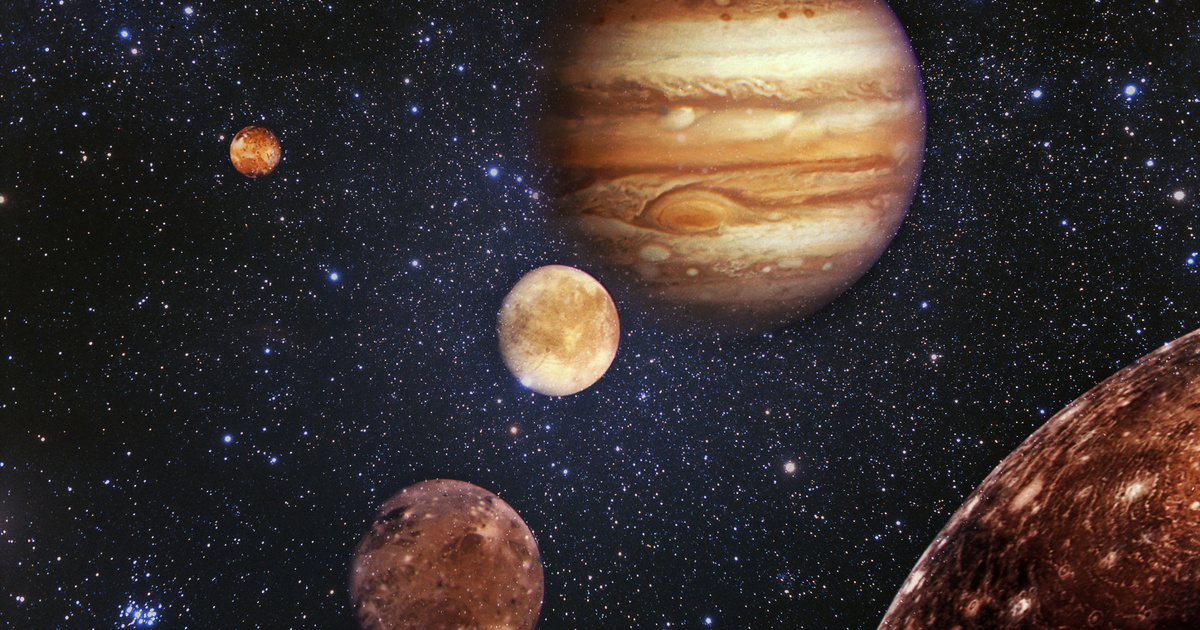Jupiter is the largest planet in the solar system, with a mass of two and a half times the mass of all the other planets, and thanks to successful space missions we can learn more and more about the orb named after the Roman god.
NASA’s spacecraft called Juno was launched in 2011, and five years later, on July 4, 2016, orbited Jupiter and began observations. The probe examines not only Jupiter, but also some of its 79 moons orbiting it, including Ganymedes, which it examined recently. Show amazing shots.
Infrared image of Jupiter’s largest moon
Ganymedes is not only the largest moon of Jupiter, but also the solar system, the only one outside the moon that can be seen with the naked eye from Earth under suitable conditions. Juno has now used the JIRAM instrument to collect data in the infrared range that the human eye can no longer detect, resulting in this special and beautiful image released by NASA on the 10th anniversary of Juno’s launch.
At the time of recording, Juno flew 50-109 kilometers past the orb, so the instrument first saw the moon’s north polar region up close. The expanded Juno mission, scheduled for September 2025, will continue investigations and will include bulletins of Arctic cyclones of Jupiter, the moons of Europa, Ganymedes and Io, and the first exploration of the faint rings surrounding the sea.
Captured dreamy photos of the Milky Way: These are the most beautiful works of 2021
It fits with the story of how the Milky Way appears in the images.
(Cover image via Getty Images Hungary)












































